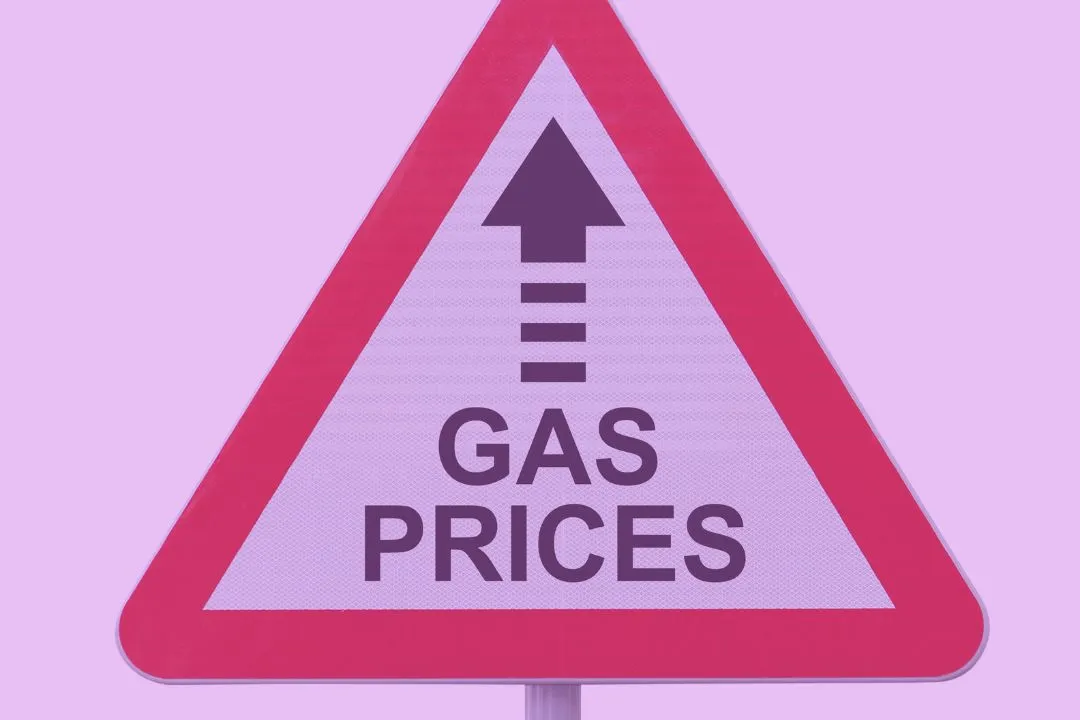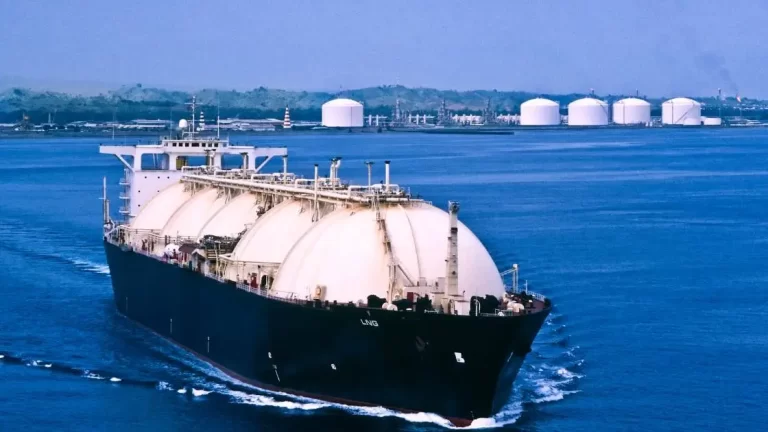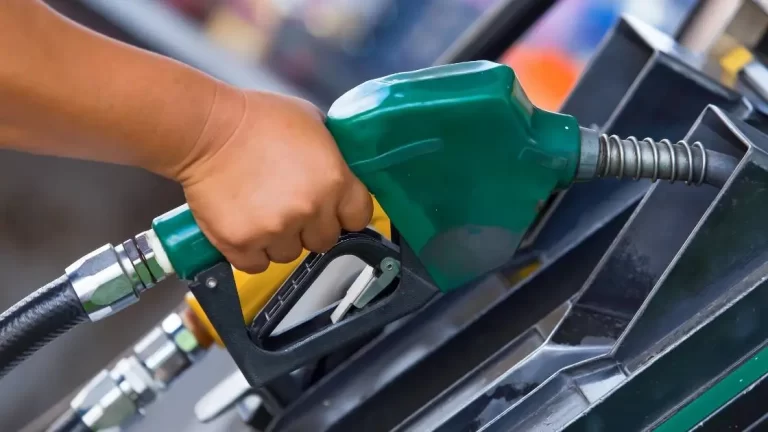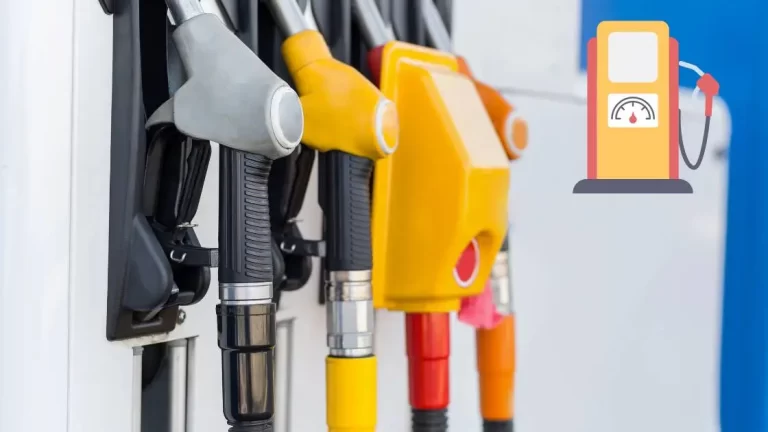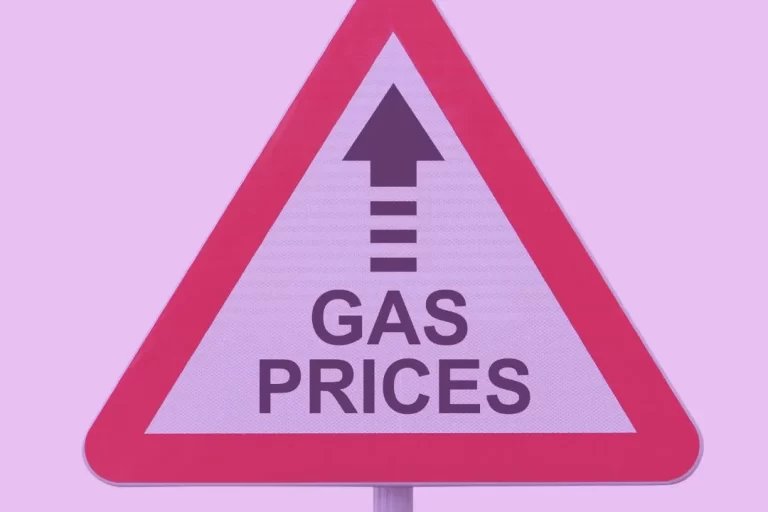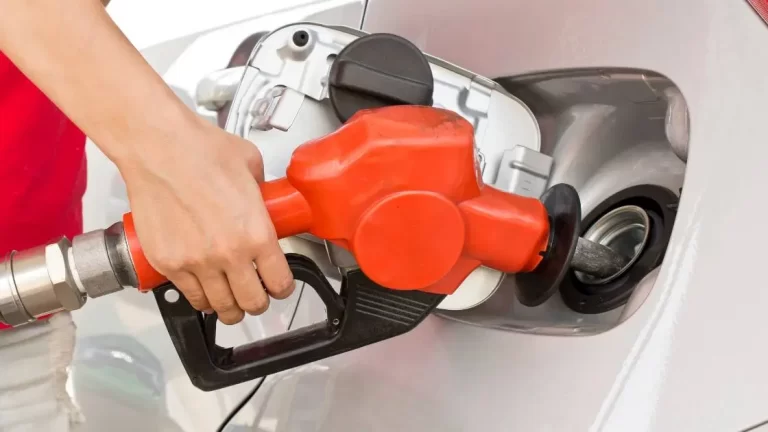Ogra Notifies Massive Increase in Gas Prices for Consumers
Staff Report
The Oil and Gas Regulatory Authority (OGRA) has notified new gas prices for consumers effective from November 1, 2023, in compliance with the Federal Government’s Policy Guidelines.
The Federal Government, acting under sections 7(1), 8(3), and 21(2)(h) of the OGRA Ordinance, 2002, has advised OGRA to update the natural gas sale prices for different consumer categories.
The Federal Government holds the exclusive authority to set prices for various natural gas consumer categories, taking into account socioeconomic goals, and sectoral policies, and making adjustments to cross-subsidy and Gas Development surcharge.
On October 23, 2023, the interim cabinet approved a substantial increase of up to 194 percent in natural gas prices, effective from November 1.
| Category | Fixed Monthly Charges (Rs) | Tariff Change (%) | Tariff for Consumption (Rs/mmBtu) | Change from Previous Tariff (%) |
|---|---|---|---|---|
| Domestic Protected Consumers | 10 → 400 | N/A | N/A | N/A |
| Non-Protected Consumers (Up to 1.5 hm3) | N/A | N/A | Up to 0.25 hcm: 300 → 600 | 100% |
| Non-Protected Consumers (Up to 1.5 hm3) | N/A | N/A | 0.6 hcm: 600 → 1,000 | 67% |
| Non-Protected Consumers (Up to 1.5 hm3) | N/A | N/A | Up to 1 hcm: 1,000 → 2,500 | 150% |
| Non-Protected Consumers (Up to 1.5 hm3) | N/A | N/A | Up to 3 hcm: 1,100 → 3,000 | 173% |
| Bulk Consumption | N/A | N/A | 1,600 → 2,000 | 25% |
| Special Commercial (Tandoor Roti) | N/A | N/A | Unchanged at 697 | N/A |
| Commercial Consumers | N/A | N/A | 2,050 → 3,900 | 90% |
| Cement Factories (CNG Stations) | N/A | N/A | More than 193% increase to 4,400 | More than 193% increase |
| Export Industries | N/A | N/A | 86% increase to 2,050 | 86% increase |
| Non-Export Industries | N/A | N/A | 117% increase to 2,600 | 117% increase |
For domestic protected consumers, the fixed monthly charges have significantly increased from Rs10 to Rs400. Non-protected consumers now have two price tiers: the first category, up to 1.5 hm3, has seen a rise from Rs460 to Rs1,000.
The second category, above 1.5 hm3, faces an increase from Rs460 to Rs2,000. While the tariff for protected consumers, constituting 57 percent of domestic users, remains unchanged.
The fixed monthly charges for this category have risen from Rs10 to Rs400 per month, leading to a potential 150 percent annual increase in their bills.
Residential consumers who are not protected will experience a significant increase in gas rates. Rates will increase by 50 percent to Rs300 per mmBtu for consumption up to 0.25 hcm, double to Rs600 per mmBtu for 0.6 hcm, and surge by 150 percent to Rs1,000 for consumption up to 1 hcm.
The most substantial increase of 173 percent applies to consumption up to 3 hcm, where prices will reach Rs3,000 per mmBtu from the previous Rs1,100.
Tariffs for bulk consumption have been raised by 25 percent, from Rs1,600 per mmBtu to Rs2,000. The special commercial category (tandoor roti) will maintain its current rate at Rs697 per mmBtu.
For commercial consumers, there is a significant tariff increase of over 136 percent, bringing the rate to Rs3,900 per mmBtu.
Cement factories and CNG stations can expect increases of more than 193 percent and 144 percent, respectively, raising the tariff to Rs4,400.
Export industries have seen an 86 percent tariff increase to Rs2,050 per mmBtu, while non-export industries face a 117 percent tariff increase to Rs2,600.
OGRA has stated that Pakistan’s gas reserves are depleting rapidly at a rate of 5-7 percent annually, with the increasing dominance of expensive imported fuel in the gas basket.
The devaluation of the rupee against the dollar and general inflation have raised the cost of gas exploration, production, distribution, and transmission.
Historically, the government’s control over pricing and lack of financing for imported gas diversion contributed to a circular debt of PKR 2.1 trillion (without interest).
To address affordability concerns, the government has taken a challenging stance. Balancing affordability with sustainability within the supply chain has proven to be complex, particularly given the IMF program’s removal of subsidies.
The price increases that came into effect in January 2023 marked the first such adjustment in 2.5 years and led to an additional PKR 461 billion cost in FY 22-23.
If the caretaker government does not act on OGRA’s recommendations to increase prices and fund RLNG diversion without subsidies, it could result in an additional PKR 400 billion in circular debt.
The primary goals have been to ensure supply chain sustainability, devise practical and targeted affordability measures, especially for protected consumers and businesses, and enhance access to gas for efficient users. Gas Prices Increased in the Best Country’s National Interest: Govt
Approximately 57 percent of domestic gas connections fall within the protected category, with no increase in gas prices.
A fixed monthly bill of only Rs.400 has been introduced, and efforts have been made to ensure that the monthly bill for protected consumers does not exceed Rs.900 for a consumption of 0.9 hm3 in a month.
For unprotected categories, tariffs have been adjusted on a progressive basis, with higher-income households paying higher tariffs to prevent unnecessary burdens on middle-income households.
It’s important to note that only 30 percent of households in Pakistan have access to piped gas, primarily in urban areas. The remaining population relies on LPG in cities and towns, while rural areas often use biomass, and wood with some exceptions.
The government has maintained unchanged sale prices for gas supplies to Roti tandoors, recognizing the essential nature of “Roti” as a basic necessity.


